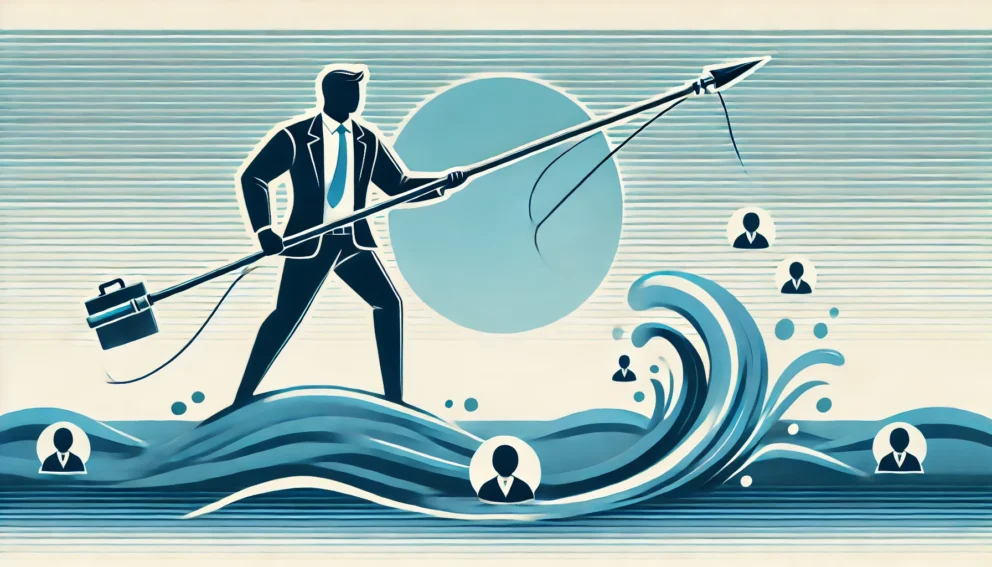Stage-by-Stage FAQs
1. Awareness
Q: What triggers Awareness today, and which channels convert best?
A: Triggers range from regulatory change to peer recommendations on LinkedIn. High-performing teams mix thought-leadership (SEO, analyst mentions, social proof) with targeted paid media. Measure impressions, branded search lift, and qualified web sessions.
2. Education
Q: How do we prevent prospects from ghosting after the first webinar download?
A: Map Education content to pain-point depth, not product features: think checklists, ROI calculators, or peer case studies. Track content-to-MQL conversion rates and time in stage.
3. Consideration
Q: What persuades buying committees in 2025?
A: Independent validation—G2 crowd reviews, customer videos, security badges—and AI-driven product tours that let buyers test scenarios with their own data. Key metrics: demo requests, intent-signal spikes, and opportunity creation.
4. Decision
Q: How can we increase win rates when CFOs scrutinize every expense?
A: Arm champions with business-case templates that highlight payback inside 12 months. Bundle implementation success plans to reduce perceived risk. Monitor win rate, average selling price, and sales-cycle length.
5. Onboarding
Q: What’s an acceptable Time-to-Value (TTV) benchmark?
A: Best-in-class B2B SaaS firms now target a TTV of 30 days or less for core functionality. Deploy guided walkthroughs, in-app checklists, and named CSMs to hit that mark. Watch onboarding completion rates and early-use NPS.
6. Value Realization
Q: How do we prove real ROI quickly?
A: Establish an executive-level “outcomes dashboard” at kick-off, revisit it 30/60/90 days, and tie it to renewal criteria. Leading companies maintain median NRR of 104 % among bootstrapped peers—a direct result of quantifying value early.
7. Growth (Upsell/Cross-Sell)
Q: What signals show a customer is ready to expand?
A: Usage thresholds (e.g., 80 % of licensed seats), new funding events, org-chart changes, or roadmap alignment. Automate product-led “expansion nudges” and schedule QBRs to surface opportunities. Track expansion ARR, NRR, and product-adoption depth.
8. Advocacy
Q: How do we convert happy users into vocal champions?
A: Launch tiered advocacy programs—reviews, referrals, co-marketing—rewarding participants with access to beta features or executive briefings. Measure referrals generated, reference availability, and advocacy-sourced pipeline.
Cross-Lifecycle FAQs
Which metrics matter most across the bowtie?
| Life-Cycle Zone | Primary KPIs (2025 benchmarks) |
|---|---|
| Acquisition | MQL-to-opportunity conversion (≥12 %), CAC payback (<18 months) |
| Onboarding | TTV (<30 days), implementation CSAT (>85 %) |
| Value/Growth | NRR (≥104 % median; 110 % top quartile) |
| Advocacy | Referral-sourced pipeline (goal: 10–20 % of new ARR), public reviews submitted |
How should teams align ownership?
- Marketing owns Awareness through Consideration, co-owns Decision.
- Sales leads Decision and partners with CS for Growth.
- Customer Success leads Onboarding, Value Realization, and Advocacy, with Marketing support for programmatic campaigns.
Shared OKRs—like NRR and expansion pipeline—keep everyone rowing in the same direction.
What tech stack do high-performers use?
- CRM & RevOps: HubSpot or Salesforce with Revenue-Intelligence overlays.
- CS Platforms: Gainsight, ChurnZero, Totango for health scoring and playbooks.
- Advocacy & Community: Influitive, Common Room, or a Slack community.
- Analytics: Snowflake + BI (Looker, ThoughtSpot) align data across teams.
Conclusion
B2B growth in 2025 is a lifecycle sport. When every function—from demand gen to customer success—optimizes its slice of the bowtie, companies unlock compounding revenue through higher retention, lower CAC, and a self-propelling advocacy flywheel.
Ready to turn your lifecycle into a predictable pipeline engine? Let’s brainstorm. Email us at acceleration@heinzmarketing.com to schedule a free session.







